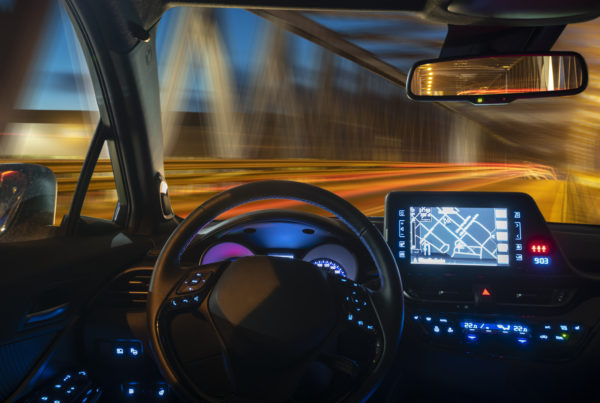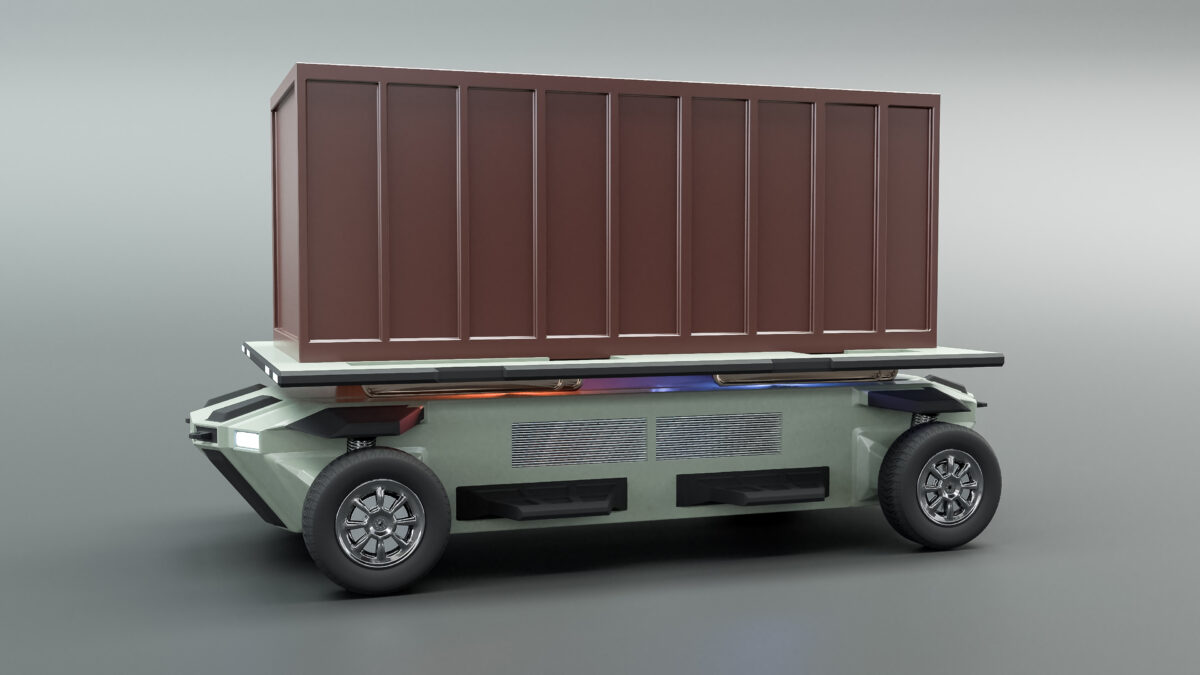
On the ‘Edge’ with Driverless Cars
How soon will it be before you pull up at a stop light in your car, and the car next to you has no one behind the wheel? Maybe sooner than you think.
One of the most interesting conversations I’ve had in recent months is with Bryan Mistele, founder and CEO of INRIX, the Seattle-based company that pioneered managing traffic by analyzing data from vehicles as well as road sensors. INRIX is now one of the leading providers of real-time parking and traffic information to your automobile — and they’ll be doing the same with driverless cars, or as the industry prefers to dub them, autonomous vehicles (AVs).
Mistele reminded me that AV’s are already on the road. Working with INRIX, Las Vegas was the first city to have an autonomous shuttle that opened in 2017, and Denver launched one near Denver International Airport in January 2019.
Talking to an expert like Mistele makes you realize there’s nothing magic about AVs. It’s all about sensors, data, computing power, and connectivity — and ultimately the security of that data and those connections, which can either take us all to the next level of a brave new technological world, or plunge us into chaos.
For example, the experts talk about the transition to AVs is in terms of levels. Level 1 includes built-in “autonomous” capabilities like adaptive cruise control; Level 2 is where two or more autonomous functions (for example, adaptive cruise control plus auto emergency braking) come together in a single vehicle.
At Level 3 the car still needs a driver to keep eyes on the road, but the car handles most tasks by itself, for example highway driving, and even can do the principal driving to get you from home to work and back. That’s where most of us will be in the next five years.
At Level 4 the car won’t need a driver except under certain conditions—for example with changes in the weather or road conditions like black ice or a gravel surface which the typical AVs’ optical sensors have trouble detecting. Most self-driving vehicles being tested today fit this description, while companies like Tesla continue to push on to Level 5, the nirvana of the AV engineer. That’s where the car does it all under all conditions, with you being the passenger the way your “baby on board” is now: free to read, sightsee, or sleep without giving the actual driving a second thought.
Read More ›

